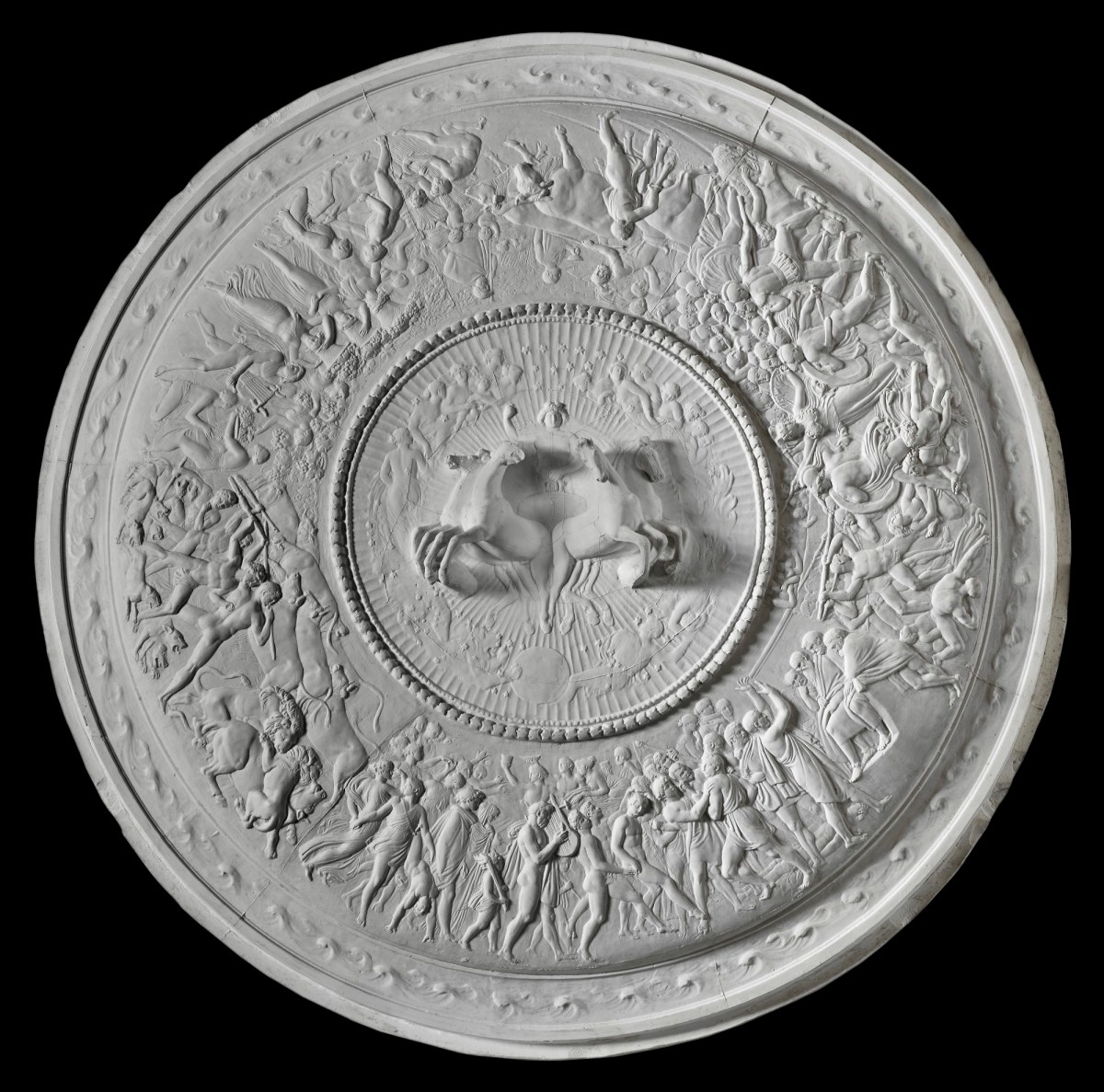
Rundell, Bridge and Rundell, O1679, 1827.
Plaster cast. 940 mm. © Photo: Royal Academy of Arts, London. Photographer: Prudence Cuming Associates Limited.
This image is not available to download. To licence this image for commercial purposes, contact our Picture Library at picturelibrary@royalacademy.org.uk
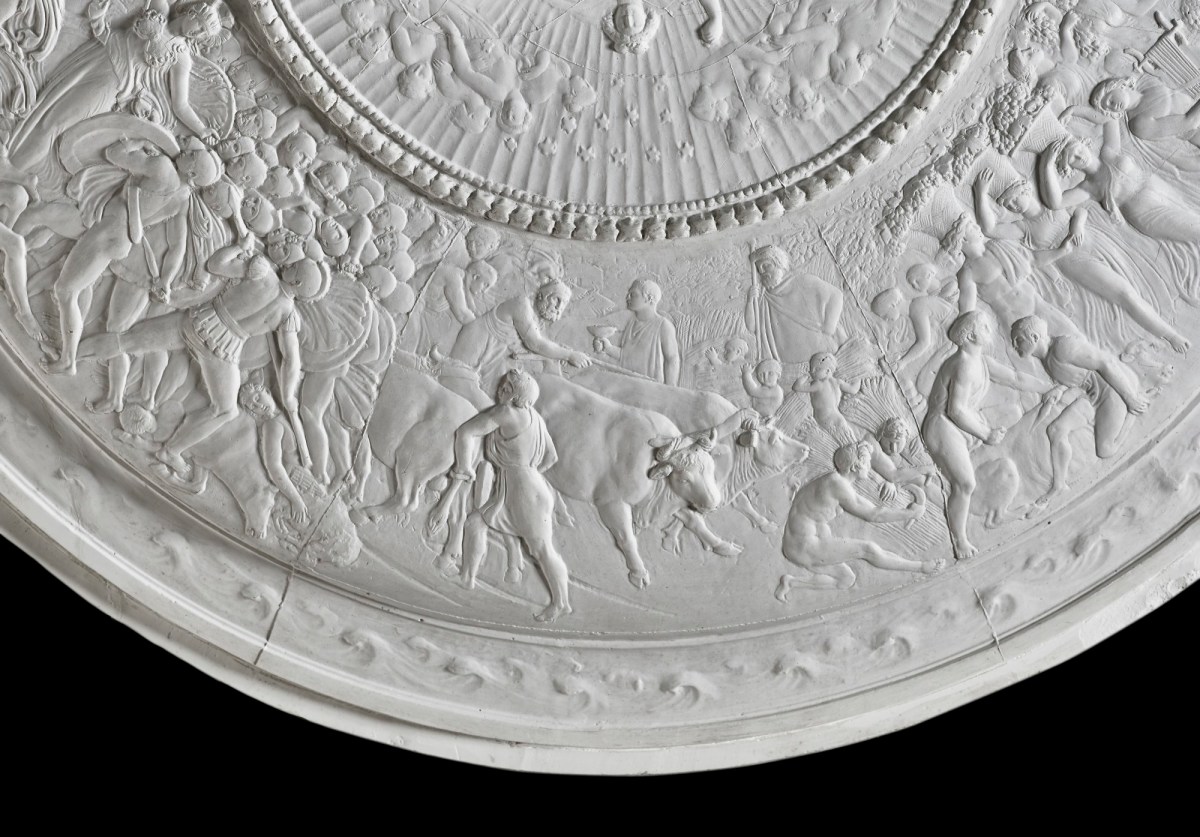
Rundell, Bridge and Rundell, O1679, 1827.
Plaster cast. 940 mm. © Photo: Royal Academy of Arts, London. Photographer: Prudence Cuming Associates Limited.
This image is not available to download. To licence this image for commercial purposes, contact our Picture Library at picturelibrary@royalacademy.org.uk
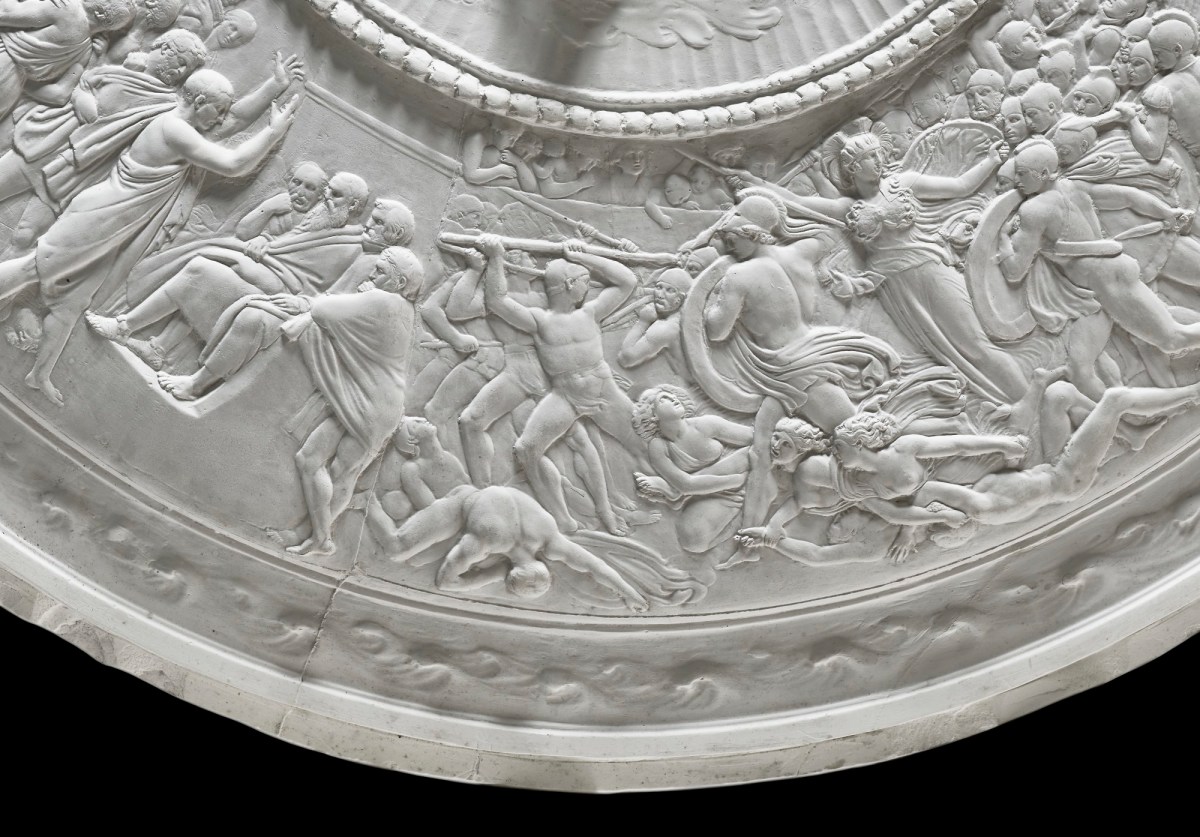
Rundell, Bridge and Rundell, O1679, 1827.
Plaster cast. 940 mm. © Photo: Royal Academy of Arts, London. Photographer: Prudence Cuming Associates Limited.
This image is not available to download. To licence this image for commercial purposes, contact our Picture Library at picturelibrary@royalacademy.org.uk

Rundell, Bridge and Rundell, O1679, 1827.
Plaster cast. 940 mm. © Photo: Royal Academy of Arts, London. Photographer: Prudence Cuming Associates Limited.
This image is not available to download. To licence this image for commercial purposes, contact our Picture Library at picturelibrary@royalacademy.org.uk
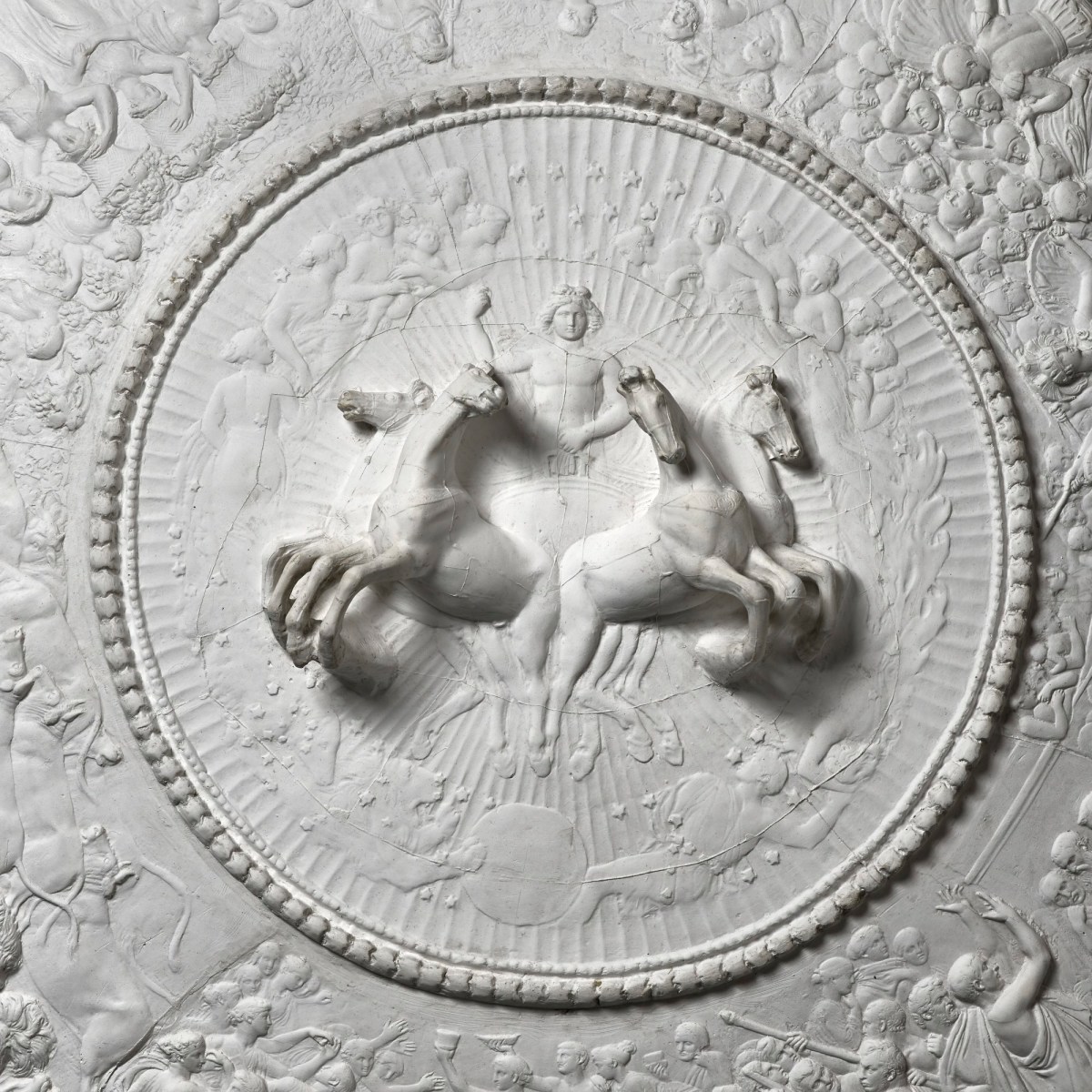
Rundell, Bridge and Rundell, O1679, 1827.
Plaster cast. 940 mm. © Photo: Royal Academy of Arts, London. Photographer: Prudence Cuming Associates Limited.
This image is not available to download. To licence this image for commercial purposes, contact our Picture Library at picturelibrary@royalacademy.org.uk
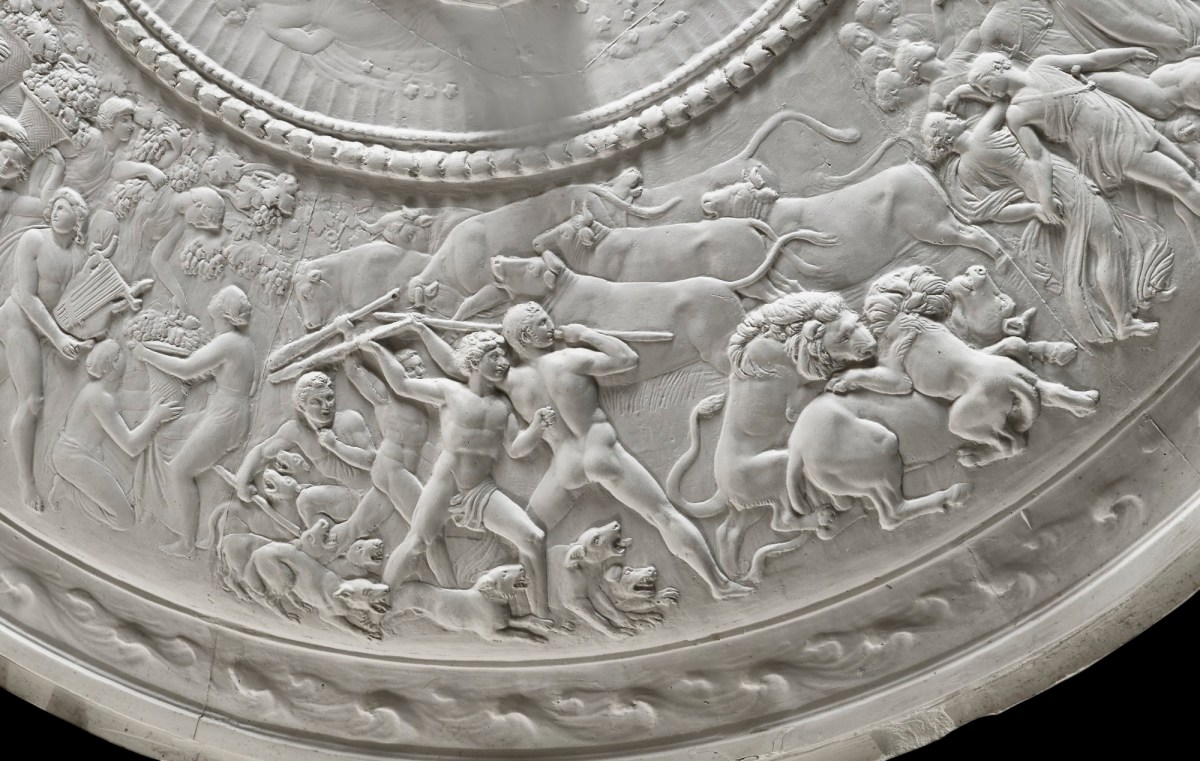
Rundell, Bridge and Rundell, O1679, 1827.
Plaster cast. 940 mm. © Photo: Royal Academy of Arts, London. Photographer: Prudence Cuming Associates Limited.
This image is not available to download. To licence this image for commercial purposes, contact our Picture Library at picturelibrary@royalacademy.org.uk
O1679, 1827
After From: Rundell, Bridge and Rundell
RA Collection: Art
In 1810, John Flaxman was commissioned by Rundell, Bridge and Rundell, goldsmiths to King George IV, to ‘reconstruct’ the mythological shield of Achilles as described by Homer in the Iliad. According to the legend, the shield was made for the hero Achilles by Hephaestus, the lame god of metalworking, and was brought down to earth by Achilles’ mother, Thetis. The shield was conceived as a mirror showing the worlds of gods and men and Flaxman’s interpretation of the description shows Apollo at the centre driving his sun chariot over a full moon, flanked by the constellations. Around the edge of the shield is a continuous frieze of figures, representing the world of mankind. The scenes include a marriage procession and banquet, a siege, a harvest, and a Cretan dance. The waves of the ocean circle the rim of the shield, described by Homer as ‘the mighty Stream of Ocean’.
Flaxman was famously a keen Greek scholar who spent evenings reading ancient texts aloud, yet it is likely that his design was based not on Homer’s original Greek but on the narrative in Alexander Pope’s translation of 1715-20. The final design for the shield was not completed until 1818, by which time Flaxman had prepared 24 drawings and 5 models for the commission. Unusually, the final design was modelled and cast by Flaxman himself, not by an assistant. The subsequent casts in metal were completed by Rundell, Bridge and Rundell. Two casts were made in silver in 1821-22; one was given to the King and prominently displayed at his coronation banquet in 1821, the other was given to the Duke of York. Further casts were made for the Duke of Northumberland and the Earl of Lonsdale. When the latter version was displayed at Rundell’s premises in Ludgate Hill in 1823, the street outside the shop became gridlocked with carriages and pedestrians eager to see what was described as a ‘masterpiece of modern art’.
The Royal Academy’s plaster cast of the shield entered the Collection in 1827 when Rundell’s presented it to the RA. From the piecemould lines visible around the edge of the shield, it is evident is was cast in sections.
Object details
940 mm
Start exploring the RA Collection
- Explore art works, paint-smeared palettes, scribbled letters and more...
- Artists and architects have run the RA for 250 years.
Our Collection is a record of them.



